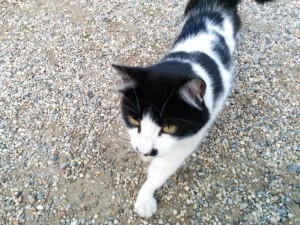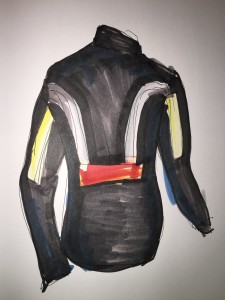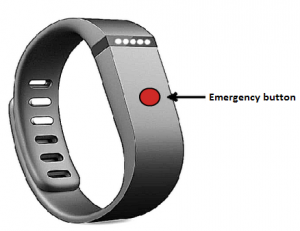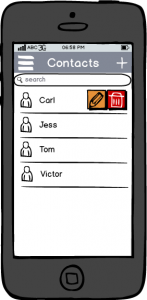This week involved a lot of futile effort to get some data out of my IMU. I’m using a library called FreeSixIMU to get 6DOF tracking data. The library in turn uses Wire library to communicate with the hardware using I2C. However, when trying to do this on my LilyPad simple board, Wire library fails to communicate with the IMU, possibly because the board does not support the SCL and SDA pins needed for I2C. I then tried to achieve the same on a second microcontroller, Adafruit Flora (which exposes the required pins). I barely managed to get Flora working on my machine (barely – Arduino likes to freeze a *lot* when using it), but still had no luck getting any kind of meaningful response from the IMU.
I plan to take the following steps to resolve or work around these issues:
1) Do a bit more testing with the Flora – I need to check whether I can get a simple example working on it, just to ensure that basic features like serial communication work properly.
2) Try the IMU on somebody else’s board/machine to make sure the thing isn’t defective.
3) I’m planning to reformat/reinstall the OS on my laptop, for unrelated reasons. If the problem is on the software side (quite possible, given all the trouble I had installing Flora), maybe it’ll go away.
I don’t have any tangible results to show for this first week, so I’ll instead post a picture of a cat that looks like Hitler:

He’s actually a very sweet cat and not racist at all. I met him on the grounds of Dolmabahce palace in Besiktas, Istanbul. There are many stray cats like him around here and they are all very docile. However, he’s the first one I found that resembles a genocidal dictator. I call him “Fluffy the Führer.”





